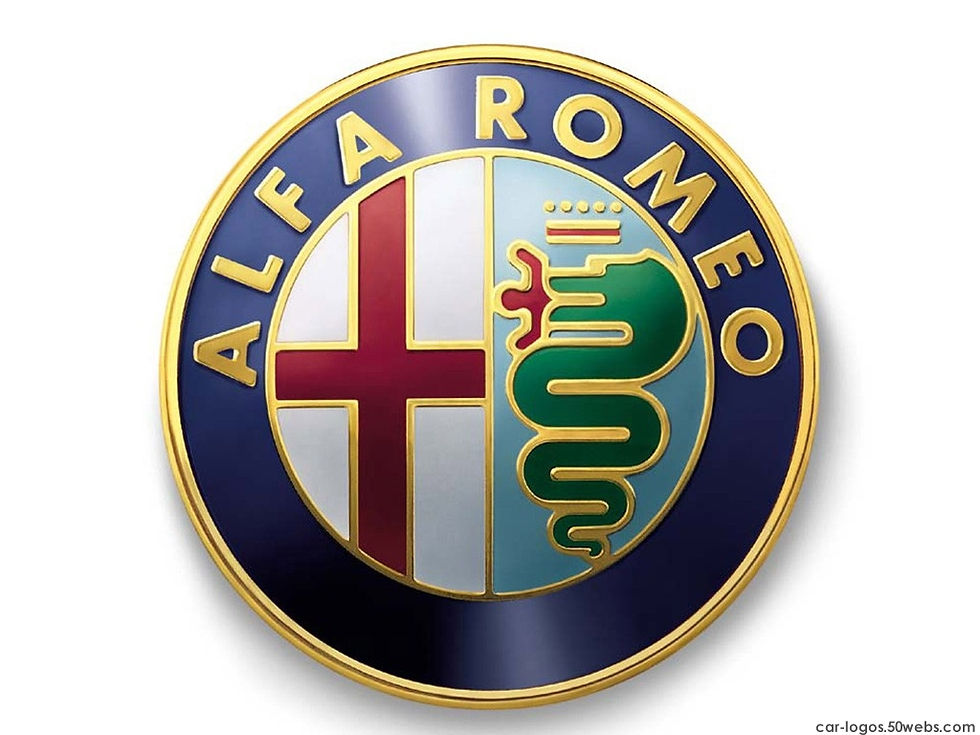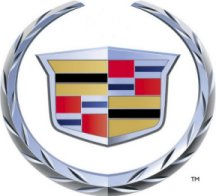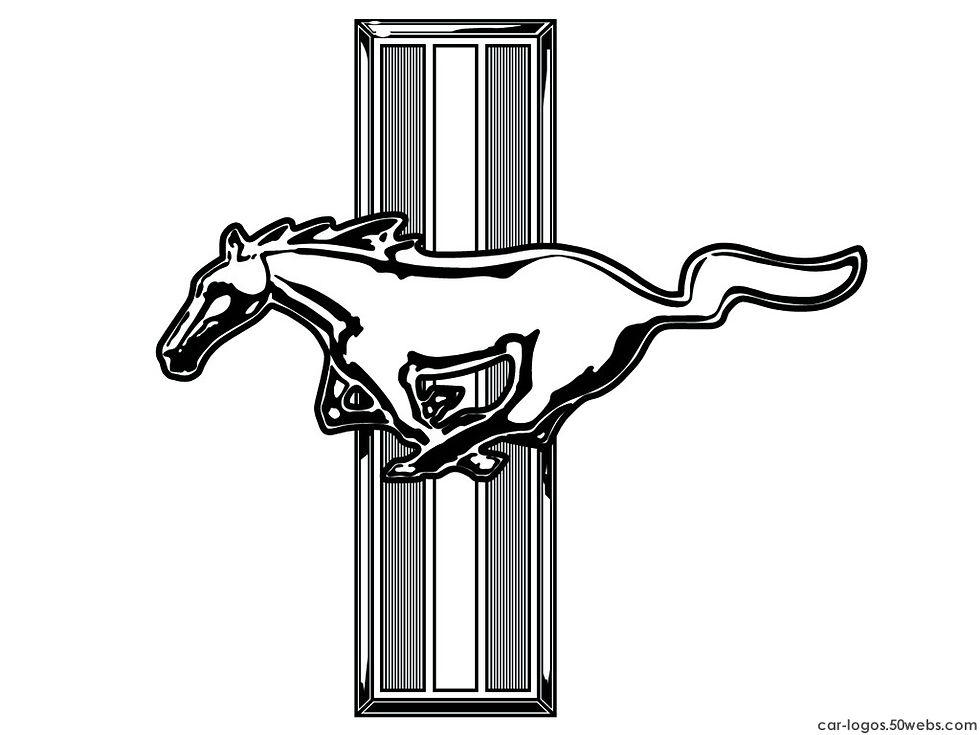

Ferrari 250 LM

First shown at the Paris Salon of 1963, the 250 LM resembled a 250 P with an added roof. The LM had a tubular chassis built by Vaccari of Modena. The chassis was similar to the unit used for the 250 P, although the tubing surrounding the cabin was made sturdier to compensate for the LM's heavy doors and low sills. Suspension was carried over from the 250 P, and consisted of double wishbones and coil springs front and rear. The Paris show car's engine was also carried over from the 250 P (and the 250 GTO). It was a 60-degree V12 of 2,953cc, producing 300bhp at 7,500rpm and topped by a sextet of Webers. The show car's engine was replaced by a bored-out motor of similar design but displacing 3,286cc when the 250 LM went into production for 1964, providing an additional 20bhp.
With a superlatively sporty body shell penned by Pininfarina and constructed in aluminum by Scaglietti, the 250 LM looked like it was born for the racetrack. Indeed, the 250 LM was born for the racetrack, which led to serious problems when Ferrari attempted to homologate the car for racing.
FIA rules stated that 100 copies of a car must be produced in order to qualify that vehicle for GT racing. Ferrari had somehow managed to qualify its 250 GTO, of which only 37 were produced, for GT competition by claiming that it was simply a rebodied 250 SWB. The FIA was not going to fall for such shenanigans again, though. Ferrari was only able to produce 32 copies of its 250 LM, so the vehicle was refused status as a GT car and forced to compete in the prototype class. This was a problem. Ferrari had intended for the 250 LM to be a GT racer just like the 250 GTO before it, but now its mid-engined car would be pinned against ferocious competition in a class without boundaries.













































